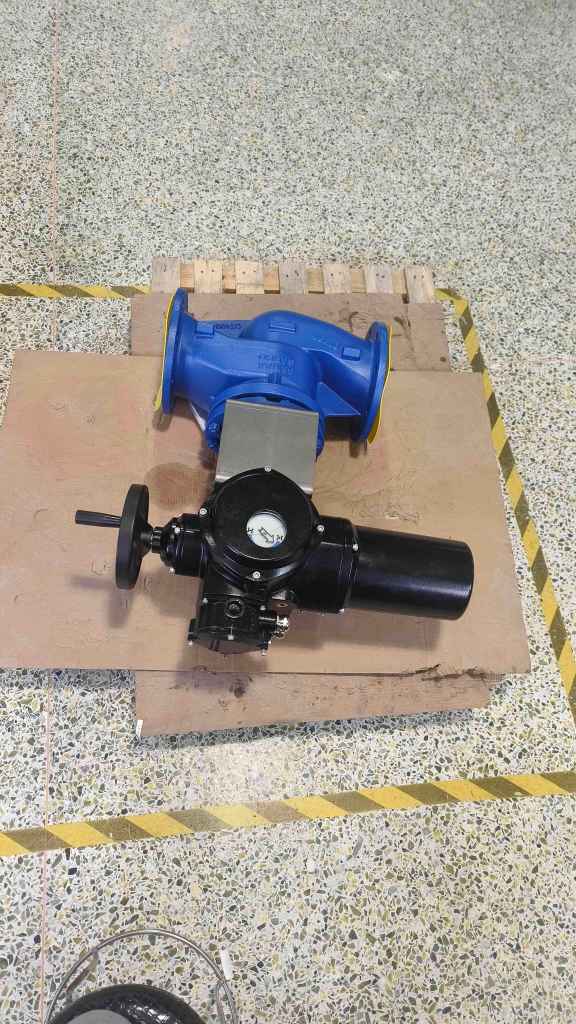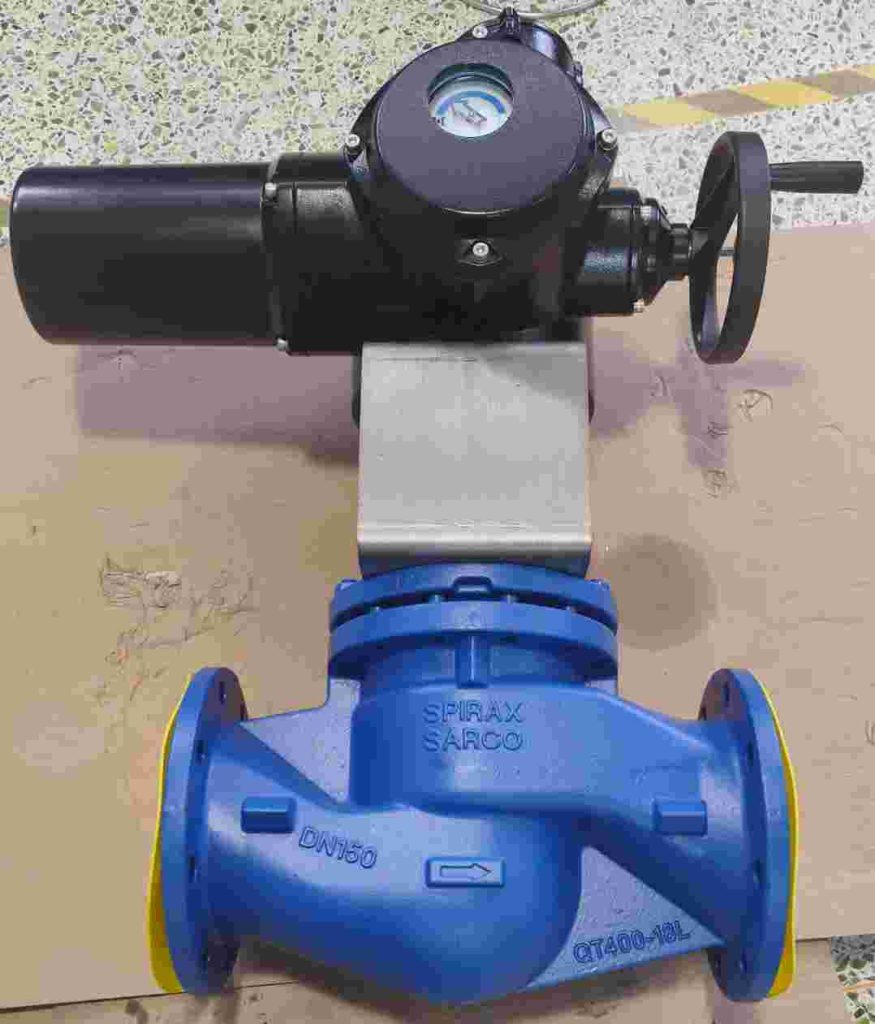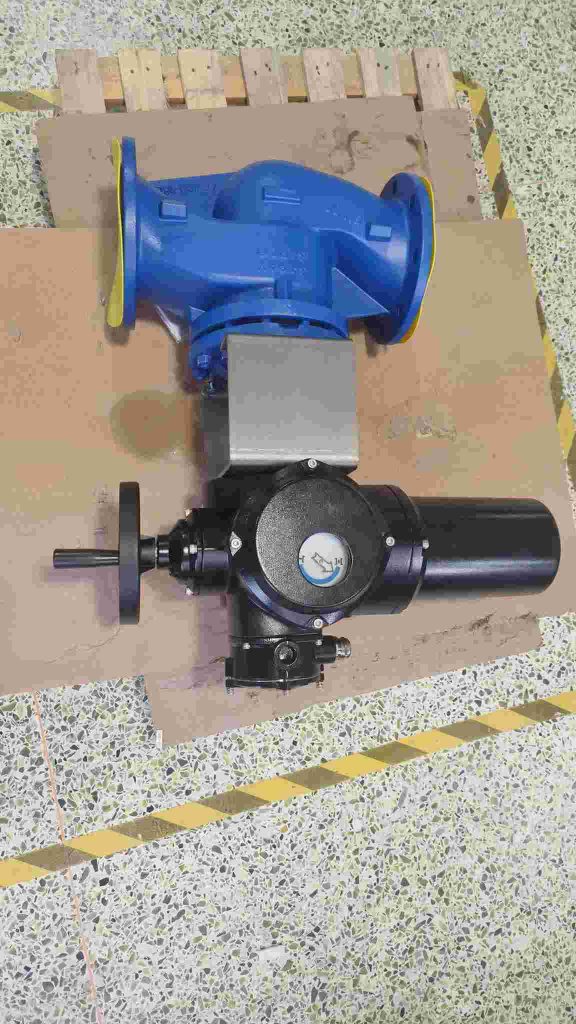Electric globe valves are an essential part of modern fluid control systems, widely used in industries such as oil and gas, water treatment, HVAC, and power generation. These valves combine the functionality of a globe valve with the precision and ease of automation provided by electric actuators, offering an efficient solution for regulating fluid flow in various applications. In this article, we will explore the working principle, advantages, and key applications of electric globe valves, as well as considerations for their selection and maintenance.

Understanding the Electric Globe Valve

A globe valve is a type of valve used to control the flow of liquids or gases. Its design features a spherical body with an internal baffle that divides the flow path into two or more sections. A movable plug or disc regulates the flow by opening or closing a passage, allowing precise control over the flow rate. Unlike ball or gate valves, globe valves are specifically designed for throttling purposes. The electric globe valve incorporates an electric actuator, which replaces manual operation with automated control. The actuator is powered by an electric motor that adjusts the position of the valve stem, allowing for fine-tuned regulation of fluid flow. Electric actuators can be controlled remotely via a control system, making them ideal for applications where manual valve operation is impractical, unsafe, or time-consuming.
